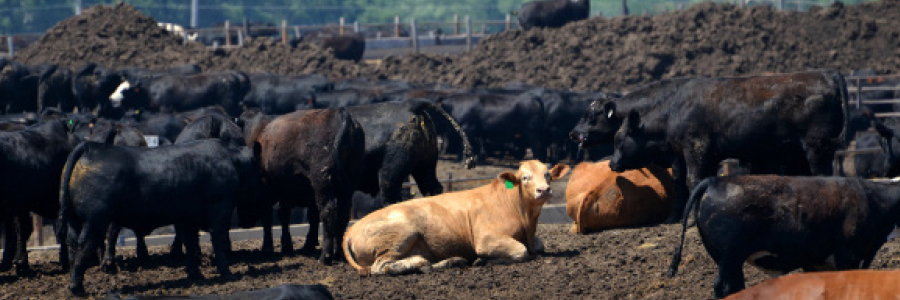


Sign-up for {N}power to get exclusive discounts, newsletters, members-only features, and more!

Editor’s note: The problems with concentrated animal feeding operations (CAFOs) are many and multifaceted, ranging from animal and worker welfare to antibiotic resistance and environmental damage. This is the first in a monthly series that will take a closer look at some of these specific issues, beginning with the impact CAFOs have on the people who live near them.
On an industrial hog farm in North Carolina, the animals are crammed together in dark, dirty spaces with no room to move. Waste falls through slats in the floor and is channeled into an open pit, where untreated excrement builds up until farmers spray it onto nearby fields, or until it ruptures, spilling into rivers and seeping into groundwater.1 2 It's called a concentrated animal feeding operation, or CAFO, and it isn’t limited to hog farming: more than 90 percent of the meat consumed in this country comes from CAFOs.3 The conditions are appalling and inhumane, the environmental repercussions are terrifying, and the workplace hazards are horrific. Yet there's another shadow cast by CAFOs that we may not consider enough—the health impact on nearby residents.
The stench of 4,000 manure pits is the unpleasant reality that residents of NC’s hog farming communities must deal with regularly.4 And the state, which is in the top-five hog producers in the country, is uniquely suited to studying how CAFOs may affect the wellbeing of nearby communities.5 Compared to other hog producers, NC has more animals per farm and substantially higher population density near farms than other leading states.6 In fact, almost half of those 4,000-plus manure pits are located in just two counties.7 A study, published in the North Carolina Medical Journal looked at health outcomes and mortality rates in NC communities in regions with intensive CAFO production and found some alarming parallels, most notably, higher rates of all-cause and infant mortality.8

The study isolated the zip codes which contained more than 215 hogs per square km and discovered the following: The residents of this group, age 24 or younger, had mortality rates much higher than those in the rest of the state and the U.S. for the same age group. For infants under one, the rate was also higher compared to the national average. When taking disease-specific mortality into account, this region ranked number one for death due to kidney disease or with anemia as an underlying cause, and number four overall in the U.S. Although the study does not establish causality between the presence of CAFOs and rates of mortality in adjacent communities, it suggests a significant correlation.9
An even more recent study published in Science of the Total Environment also examined mortality risks associated with living near CAFOs in NC. The researchers designated no, low, medium, and high exposure zones based on the number of CAFOs within 20, 15, 10, and 5 km buffers around the place of residence. They limited the max distance of exposure to 15 km because, according to previous data, this is the possible range that manure applications and emissions would likely travel. And, like the prior study, they found a significant risk for anemia and kidney disease-related deaths in the high-exposure zones compared to the no-exposure zones. But their findings on cardiovascular mortality are especially noteworthy. There was a significantly higher risk of cardiovascular mortality for all CAFO-exposure groups compared to the no-exposure sets. And the risk increased with greater levels of exposure.10
Tragically, a persistent theme in the disturbing saga of CAFOs and their effects on communities is one of environmental injustice. Hundreds of studies point to “disparities in the location of environmental hazards relative to race and class.”11 In NC, one study found that communities with more poverty and higher percentages of non-white people were nine times more likely to have CAFOs.12 When industrialized hog farming took off in the state, the location of farms shifted from one in almost every county in 1982, to 95 percent of operations clustering in a handful of eastern counties, in communities that are historically African American.13
What if we, as eaters, make transparency, sustainability, and animal welfare the minimum standards for the animal protein on our plates? Know your grocers’ quality standards too, because retailers’ standards and relationship with farmers and suppliers play a critical role in the integrity of your food choices. Be in the know! It’s the only way to eat for your health, the planet, and your neighbors too.



Sign-up for {N}power to get exclusive discounts, newsletters, members-only features, and more!